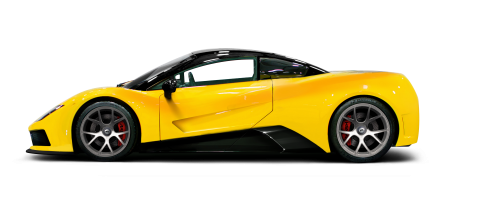Born to soar
In designing the concept drawings of the AF8, the designers had chosen cues from the past, but have left the future open to imagination, but with hints and suggestions of evolution embedded.


The all-new AF8 Cassini, a beautiful design, low drag co efficiency and spectacular down force. A designer’s eye leads to innovation and thus to something timeless and leading to a future legacy.


The front of the car to the back has a story. From the front face of the car, its curved shapes and flat surfaces harks back to the company’s beginnings.
7.0 ltr, 550 bhp and in V8 configuration. These evocative statistics produce an emotional noise through combustion. It has motorsport DNA and low weight of approximately 120kg and has a low position to provide the best prerequisites for exceptional dynamic driving performance on the road as well as race track.

In designing the concept drawings of the AF8, the designers had chosen cues from the past, but have left the future open to imagination, but with hints and suggestions of evolution embedded.

A short overhang front, a jet like forward position for the driver’s cockpit and the large flat rear back ends suggesting that the car is wider than normal which mentally indicates where all the power is coming from. The windscreen wide and shaped at the edges suggesting motorsport.


High tensile steel side impact tubes for side sills and door inner crash structures. Carbon reinforced roll cages system. The use of ‘uni-directional carbon reinforced plastic’ has been used in crash sensitive areas as well as the engine brace. This system is frequently used in formula and prototype racing cars.

The all-new AF8 has an impressive acceleration time of just 3.5 seconds from 0-60 mph. And with a 200 mph standard top speed, it’s a fierce competitor in any environment.

The Arash AF8 was born to be on the race track. This is clearly visible by the DNA of the car shining through from its carbon fibres in the body and in its chassis. These DNA cues continue inside the car itself, evidenced by the materials, the layout of the controls and the seating position
